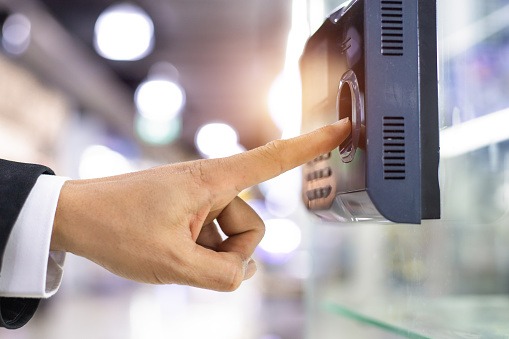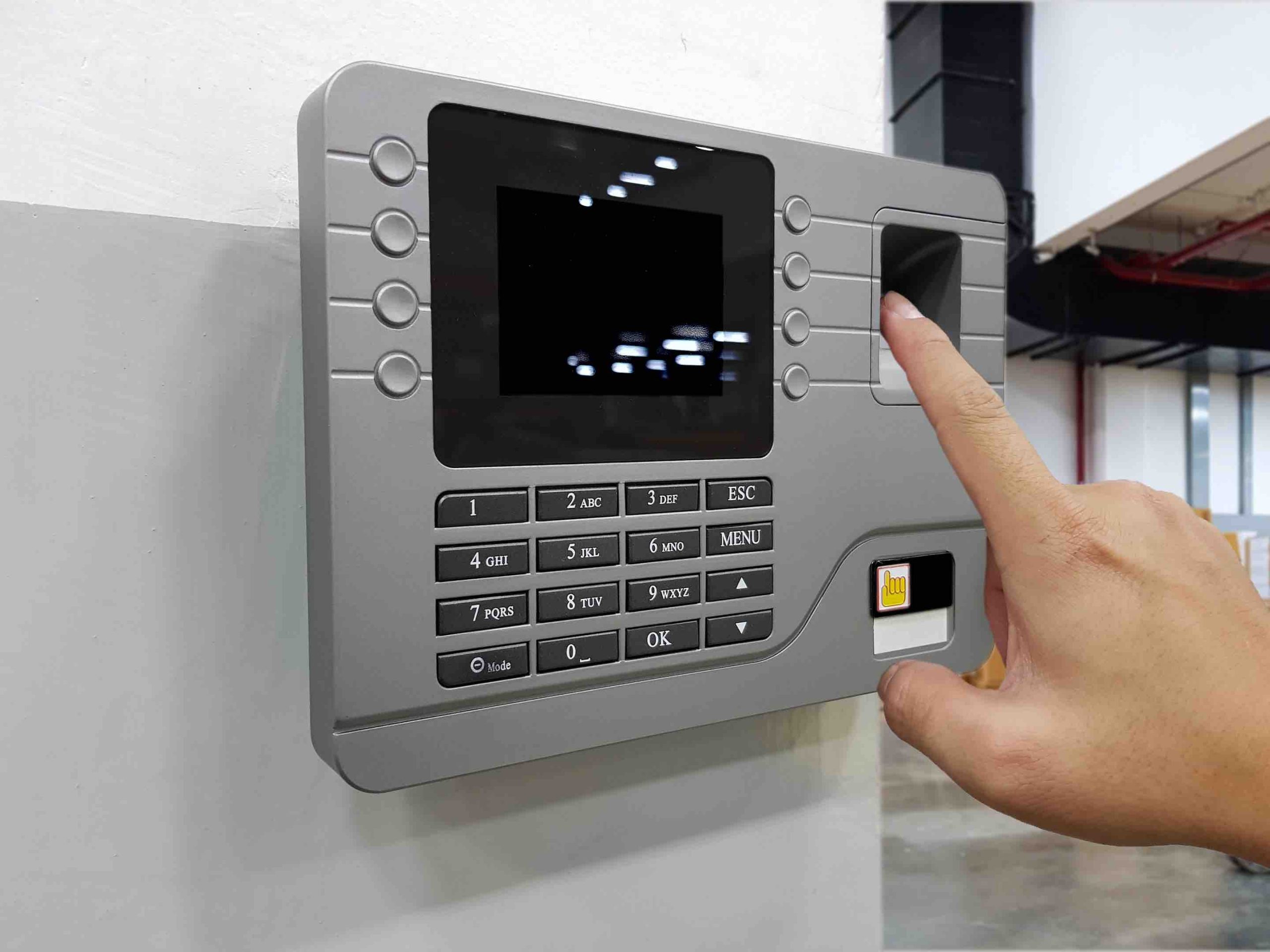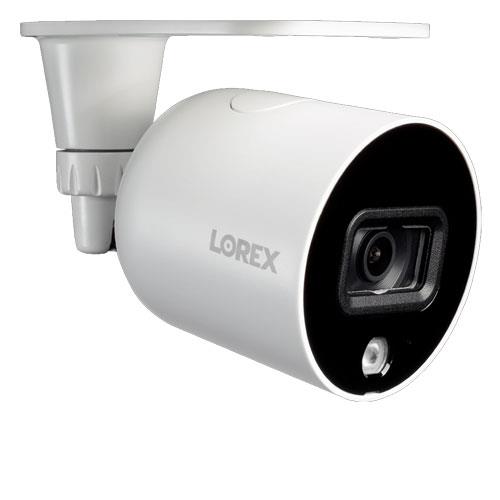Fingerprint Technology the Future of Access Control

In recent years, access control systems have become an integral part of security measures in various facilities, including corporate offices, hospitals, government buildings, and residential complexes. These systems utilize a variety of authentication methods such as passwords, RFID cards, and biometric technologies like fingerprint recognition. Among these methods, fingerprint technology is gaining popularity as it is considered to be one of the most reliable and secure authentication methods. However, like any other technology, it has its own set of advantages and disadvantages. In this article, we will discuss the pros and cons of fingerprint technology for access control.
Pros:
- High Security: Fingerprint technology is highly secure, as every person’s fingerprint is unique, making it difficult for an unauthorized person to gain access to a secure area. Unlike passwords or RFID cards, which can be easily lost, stolen, or duplicated, fingerprints are impossible to replicate, and access can only be granted to those who have their fingerprints registered in the system.
- Convenience: Fingerprint technology provides convenience as it eliminates the need for carrying physical tokens such as keys, RFID cards, or remembering passwords. With fingerprint technology, all you need to do is place your finger on the scanner, and the system will authenticate your identity within seconds. This makes it a hassle-free and time-saving authentication method.
- Accuracy: Fingerprint technology is highly accurate, with a low false acceptance rate. This means that the chances of a person gaining access to a secure area by presenting someone else’s fingerprint are minimal. This is because the system scans and compares the minutiae points on the fingerprint, making it virtually impossible for someone to fake the system.
- Hygienic: With the current COVID-19 pandemic, hygiene has become a significant concern. Fingerprint technology is a hygienic authentication method as it eliminates the need for touching shared surfaces, such as doorknobs, RFID card readers, or keyboards. This reduces the risk of transmission of viruses and bacteria.
- Scalability: Fingerprint technology is highly scalable, making it suitable for use in large facilities with multiple access points. The system can accommodate a vast number of users and can be integrated with other access control systems, making it a versatile option.
Cons:
- Cost: Fingerprint technology is more expensive than other authentication methods such as passwords or RFID cards. The cost of installing fingerprint scanners and integrating them into the access control system can be high, making it unaffordable for small businesses or residential complexes.
- Compatibility: Fingerprint technology may not be compatible with older access control systems or systems from different vendors. This means that upgrading to fingerprint technology may require a complete overhaul of the existing system, resulting in additional costs.
- False Rejection: Fingerprint technology has a low false acceptance rate, but it also has a false rejection rate, meaning that sometimes the system may not recognize a registered fingerprint, resulting in denied access. This can be frustrating for users and may require additional training to ensure that they place their finger correctly on the scanner.
- Environmental Factors: Environmental factors such as dirt, dust, and moisture can affect the accuracy of fingerprint scanners. Dirty or wet fingers may not be recognized by the scanner, resulting in denied access. This can be challenging in facilities where users are exposed to such environmental factors, such as construction sites or warehouses.
- Privacy Concerns: Fingerprint technology involves collecting biometric data, which can be a privacy concern for some users. There is a risk of this data being misused, hacked, or stolen, resulting in identity theft. Therefore, it is essential to ensure that the system is secure and complies with data protection regulations.
Conclusion:
Fingerprint technology for access control has its own set of advantages and disadvantages. While it is a highly secure, convenient, accurate, hygienic and scalable authentication method, it also has some drawbacks such as cost, compatibility issues, false rejection, environmental factors, and privacy concerns. Therefore, it is essential to consider these factors before implementing fingerprint technology in an access control system.
Despite the drawbacks, fingerprint technology is still a preferred authentication method for many facilities, especially those with high-security requirements. The convenience, accuracy, and security it provides outweigh the costs and challenges associated with it. Moreover, advancements in technology have made fingerprint scanners more robust and accurate, addressing some of the challenges associated with environmental factors.
To mitigate the privacy concerns associated with fingerprint technology, it is essential to implement appropriate security measures to protect the biometric data. This includes encrypting the data, implementing access controls, and complying with data protection regulations.
In conclusion, fingerprint technology is an effective and reliable authentication method for access control systems. While it has some drawbacks, its benefits make it a worthwhile investment, especially for facilities with high-security requirements. Careful consideration of the pros and cons of fingerprint technology, along with appropriate security measures, can help ensure the successful implementation and adoption of this technology.
Professional Installation of Fingerprint Access Control Systems: Who You Should Consider
Installing fingerprint access control systems requires technical expertise and knowledge of various components such as fingerprint scanners, access control software, and database management. Therefore, it is recommended to hire professional installers or system integrators who specialize in access control systems.
Here are some professionals who can install fingerprint access control systems:
- Security System Integrators: Security system integrators specialize in installing and integrating various security systems, including access control systems, surveillance systems, and intrusion detection systems. They have the technical expertise and knowledge to install and configure fingerprint access control systems, ensuring that they function correctly and meet the security requirements of the facility.
- Electrical Contractors: Electrical contractors specialize in installing and maintaining electrical systems, including access control systems. They can install and wire the necessary electrical components, such as power supplies, backup batteries, and cables, to ensure that the fingerprint access control system functions correctly.
- IT Service Providers: IT service providers specialize in providing technology solutions, including access control systems. They can install and configure the necessary software and database components, ensuring that the system is secure and complies with data protection regulations.
- Manufacturers: Fingerprint access control system manufacturers often provide installation services to their customers. They have the technical expertise and knowledge of their products, ensuring that the system is installed correctly and functions as intended.
It is essential to choose a reputable and experienced installer or system integrator to ensure that the fingerprint access control system is installed correctly and meets the security requirements of the facility. Moreover, it is important to ensure that the installer or system integrator provides ongoing maintenance and support to ensure that the system operates at optimal levels.



